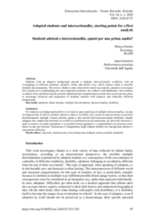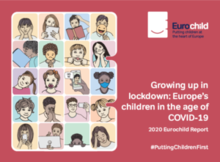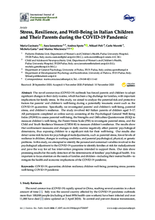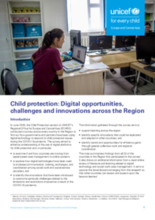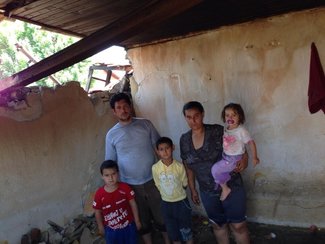

Displaying 71 - 80 of 539
This webinar heard from three of Family for Every Child's member organisations about their programmes to both integrate and reintegrate children on the move.
In this consultation,10 girls and 10 boys in Albania and Kosovo were interviewed and shared their views and experiences of the outbreak of COVID-19. Additionally, 515 girls and boys were surveyed to understand the impact of the pandemic on their lives.
This article, thanks to data collected by family associations, intends to investigate multiple intersectionality of students with adoptive background by highlighting the most important problems, the school’s and healthcare’s interventions to address those problems and the possible additional and complementary actions that can be put into place to encourage inclusion and integration of disabled students with adoptive and ethnically different backgrounds.
This webinar was part of Eurochild’s breakfast webinars to mark World Children’s Day 2020. The webinar looked at how the European Child Guarantee initiative can help address the growing challenge of child poverty, particularly the deepened economic divides that have resulted from the COVID-19 pandemic, and brought the perspective of the Spanish government, which has made the fight against child poverty a particular priority.
This report reflects on the effects of the coronavirus pandemic on children. It compiles information gathered from 25 countries across Europe, and provides recommendations for improving public policies in the short and long-term to support better outcomes for children and families, including children in alternative care or at risk of separation.
In this study, the authors aimed to analyze the potential risk and protective factors for parents’ and children’s well-being during a potentially traumatic event such as the COVID-19 quarantine.
UNICEF is seeking a consultant to consolidate and document the learning from the Supported-Independent Living (SIL) project for unaccompanied children (UAC) pilot, in order to draw lessons from the experience.
With a view to securing programme scale up and sustainability at the national level, UNICEF in Montenegro is commissioning a feasibility assessment in order to develop recommendations for the Government of Montenegro on how the Parenting for Lifelong Health Programme for Young Children can be implemented at scale by national service providers.
No reconocimiento de Kafala constituida entre ciudadanos marroquíes a efectos de adopción. Antecedentes y alcance de la prohibición contenida en el artículo 19.4 de la Ley de adopción internacional.
This report presents findings from a survey conducted across the Europe and Central Asia Region which aimed to enhance understanding of the use of digital platforms for child protection.


